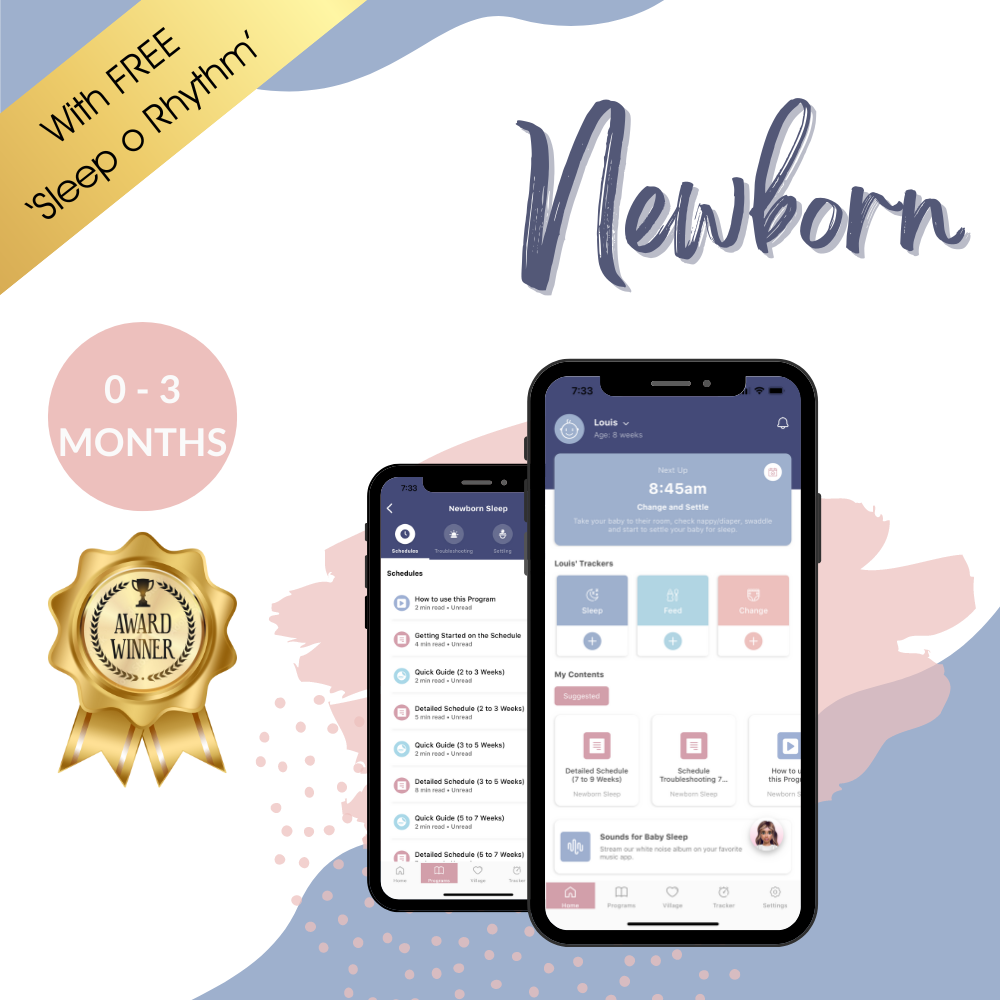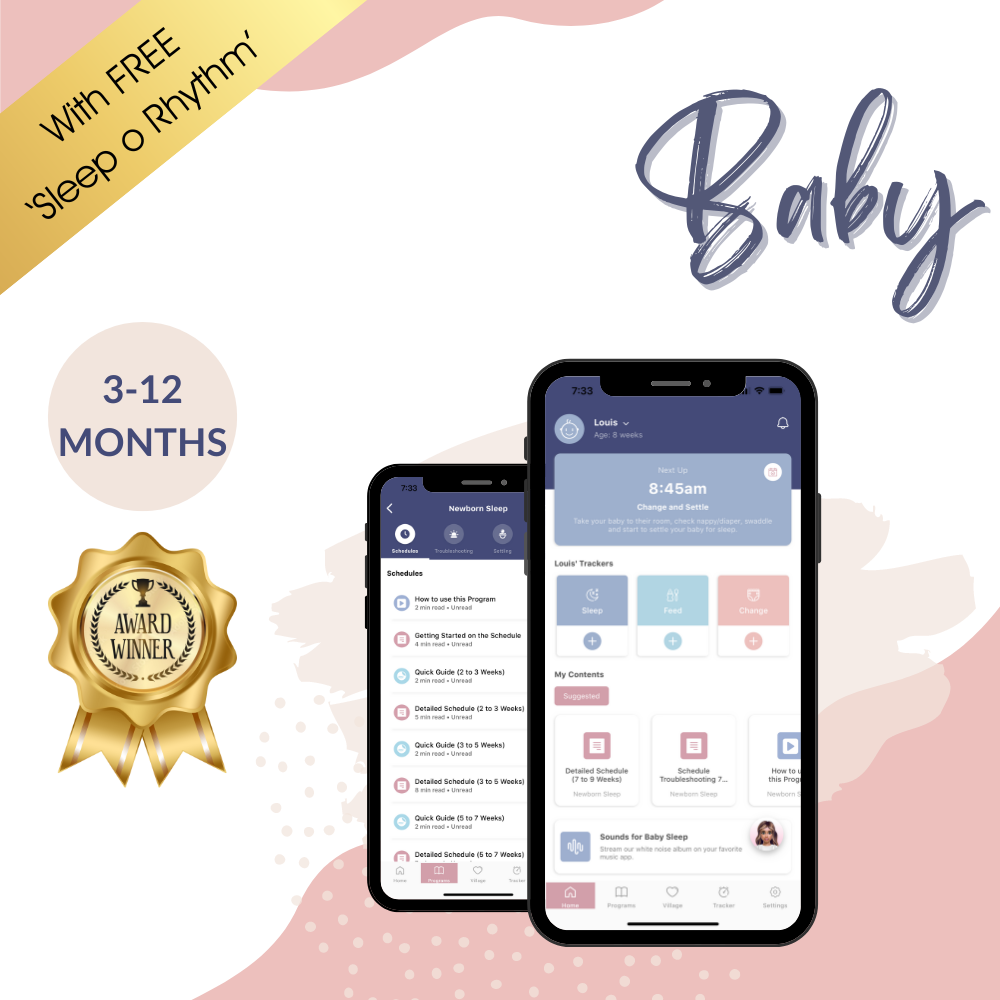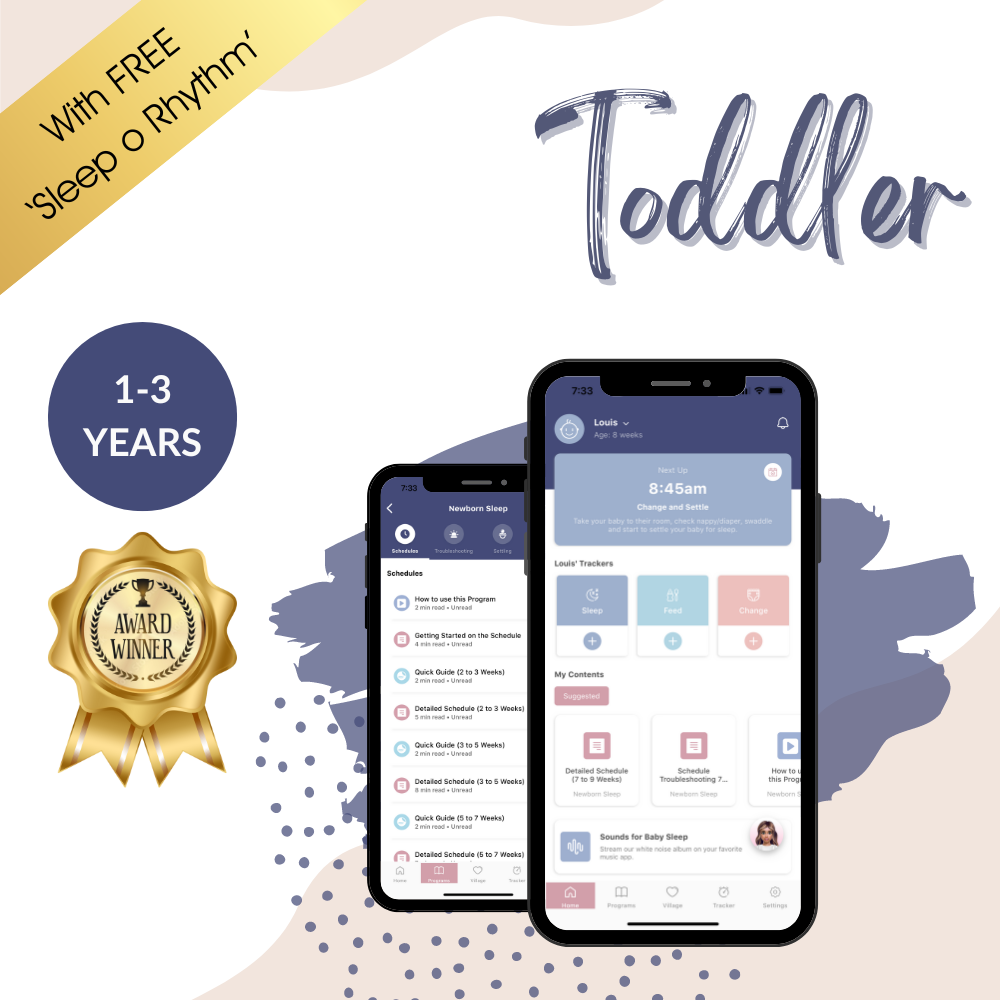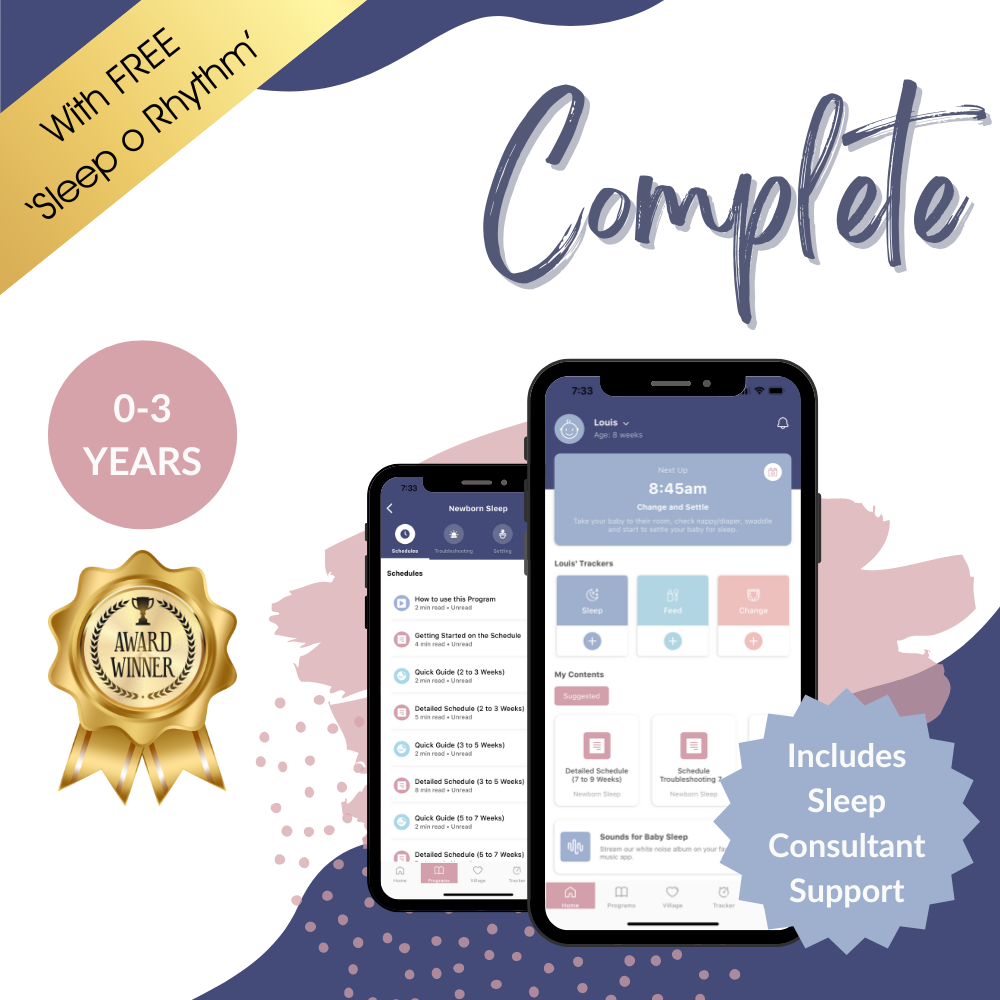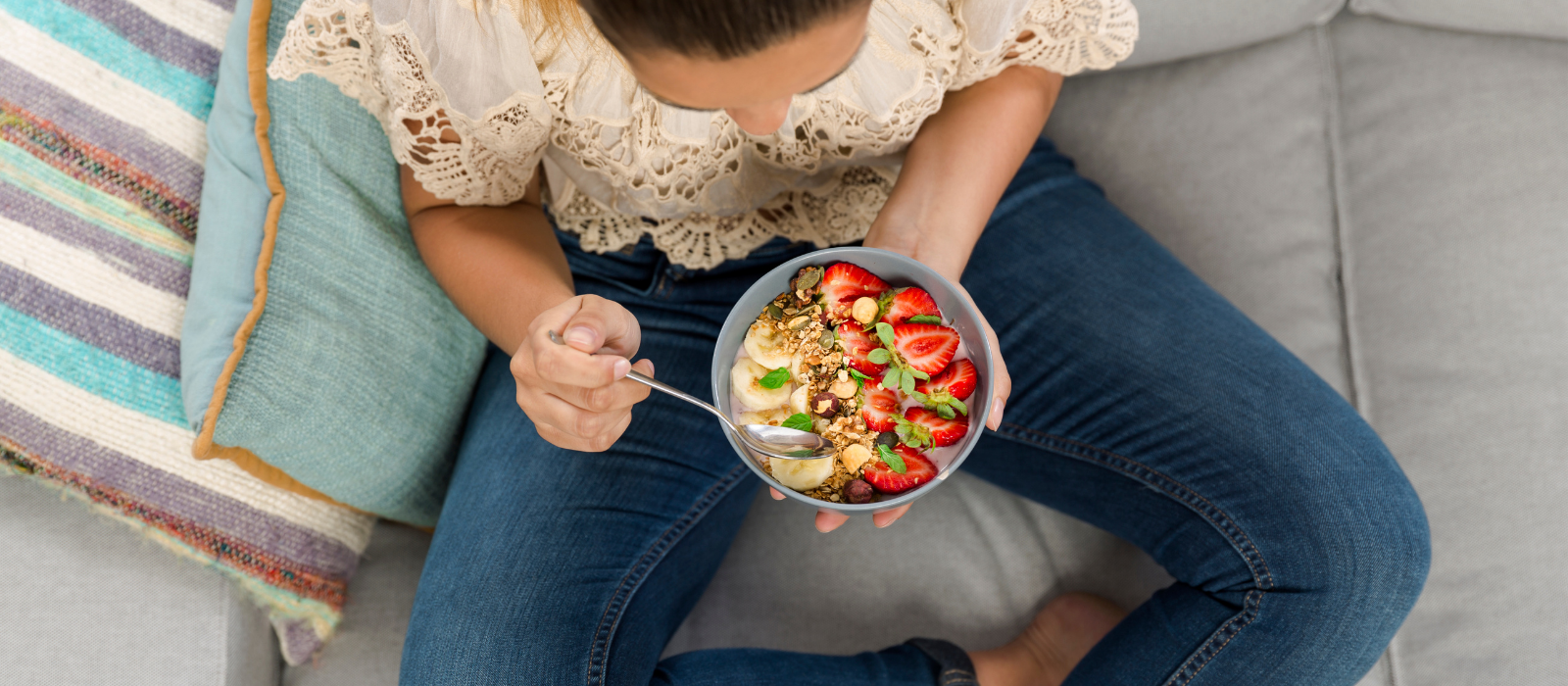
Postpartum Nutrition: What to Eat for Recovery & Better Sleep
During pregnancy, we tend to put a huge amount of importance on our nutrition to make sure that our baby is healthy and that we stay healthy. After giving birth though, the focus then often moves to the baby's intake and nutrition and the mother or birthing person's nutrition can sometimes be forgotten.
After we give birth, we often seem to forget that the body is in recovery - not just for a few days or weeks but for a few months. During this time, we are often very exhausted, both physically and mentally, so making sure that we eat well can be tough at times. We also use a huge amount of energy (often compared to the energy needed to run a marathon!) and can lose blood during the birthing process too.
I want to help by providing you with some practical ideas to keep yourself nourished during the so-called “4th trimester” and beyond.
In this article:
- Getting enough iron
- Nutrition for recovery
- Nutrition during breastfeeding/lactation
- Hydration
- Tips for staying healthy when you’re exhausted
You CAN have a better night’s sleep!
Whatever your current sleep situation, we've got the tools, the information and the personalised support to help you and your little one reclaim those nights.
Get our Sleep Programs
Getting enough iron
When we lose blood we need to replace the haemoglobin (the iron-containing protein in our blood that transports nutrients around the body) that we have lost by eating iron-rich foods. There are two types of iron, haem iron and non-haem iron, which can more simply be broken down into meat sources of iron and plant-based sources of iron (+ eggs).
| Haem Iron Foods | Non-Haem Iron Foods |
| Red Meat | Eggs |
| Legumes | Green leafy vegetables |
| Poultry | Nuts |
| Pork | Seeds |
| Fish | Whole grains |
| Seafood | Fortified foods |
Red meat, poultry, pork, fish, and seafood all contain haem iron, which has already been converted into the type of iron we use in our body, and therefore we can use a larger percentage of the iron found in these foods.
Non-haem iron, from eggs and plant-based sources, needs to be converted into haem iron before our body can use it. In this process, some of the iron is usually lost, which means that we will often need to eat more non-haem iron foods to meet our needs, compared to haem iron containing foods.
The good news is that eating foods that contain Vitamin C, alongside foods that contain non-haem iron, can help with increasing the amount of iron that is converted for our body to use! Below are some examples of foods that are good sources of Vitamin C:
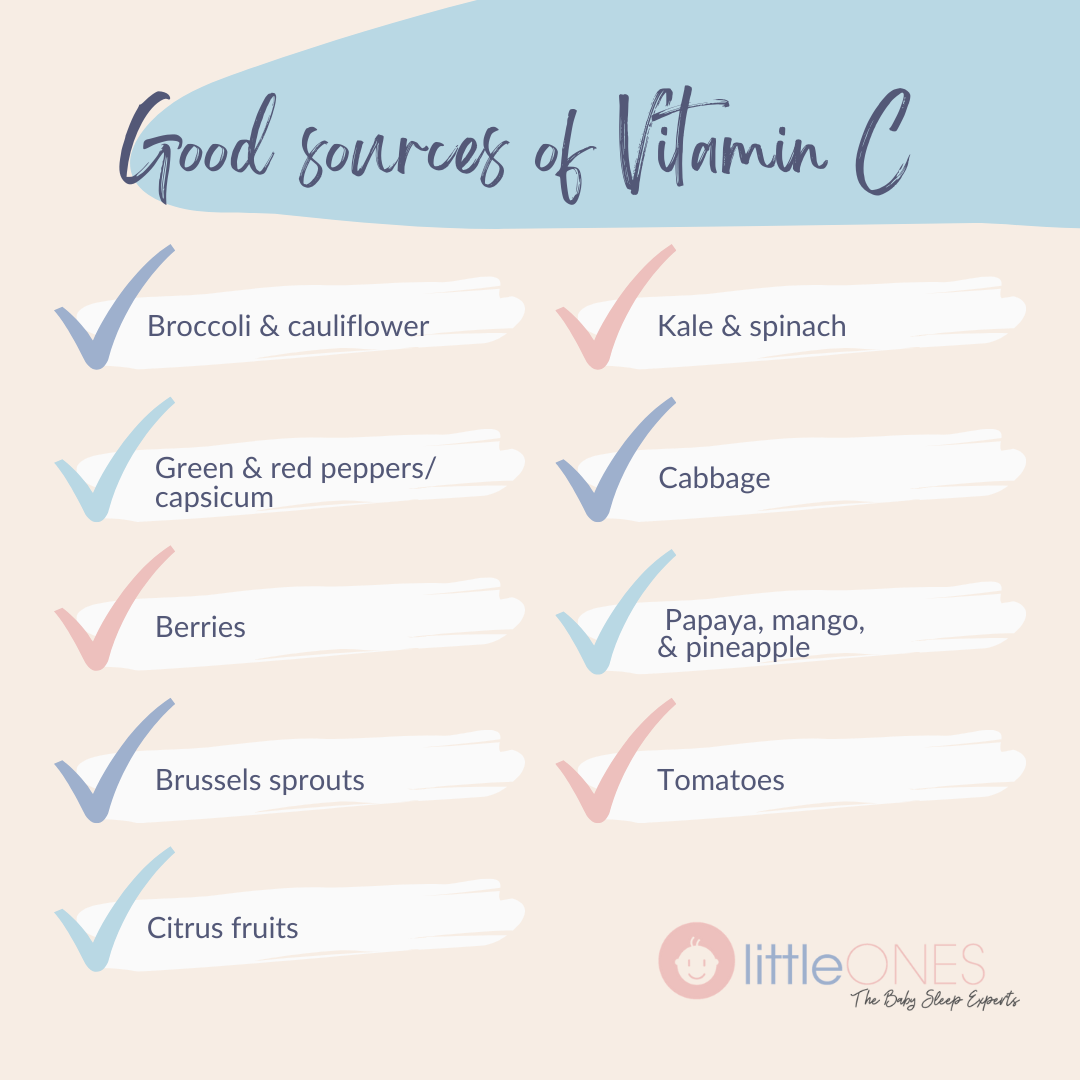
When we are tired and/or very time-poor it can be hard to meet our iron needs. Here are some tips for increasing your iron intake:
- Add an egg to your morning porridge BEFORE you cook the oats and add milk or water and then add some berries for Vitamin C.
- Pate and hummus both pack an iron punch, so keep some of these in the fridge and add to crackers, toast, etc
- Drink tea separately from iron-rich foods as the tannins in black and green tea can reduce iron availability before absorption.
- Try to eat foods high in calcium separately from iron-rich foods as these minerals impact each other's absorption.
- Have tins of tuna and small tins of beans on hand (the flavoured ones are great for reducing prep time!).
Say goodbye to sleepless nights.
Join over 800,000 families worldwide who are enjoying excellent sleep with our Sleep Programs, created by experts in the field of pediatric sleep.
Get our Sleep Programs
Nutrition for recovery
Our poor muscles go through a lot during birth and recovery so it's important to make sure that we're supporting this recovery by eating enough protein. The Recommended Daily Intake (RDI) of protein for women aged 19-50 is 46g per day or 0.75g/kg. For example, a woman who weighs 70kg would need 52.5g of protein per day (70x0.75=52.5g). The RDI for lactation is even higher at 67 g/day or 1.1 g/kg/ (NHMRC, 2014).
Complex carbohydrates are carbohydrate foods that release energy more slowly throughout the day to give us more sustained energy. We can sustain this energy even more if we eat complex carbs alongside protein and/or healthy fats. This also helps to keep our blood glucose levels stable throughout the day and helps to ensure we are eating a wide range of nutrients.
Examples of complex carbohydrates, protein and healthy fats:
| Complex Carbohydrates | Protein | Healthy fats |
| Vegetables | Lean meats, poultry, and fish | Olives |
| Fruit | Eggs | Eggs |
| Legumes | Tofu | Extra virgin olive oil (EVOO) |
| Hummus | Hummus | Hummus (if made with EVOO) |
| Avocado | Legumes | Avocado |
| Peanut butter | Peanut butter | Peanut butter |
| Almond butter | Almond butter | Almond butter |
| Seeds | Seeds | Seeds |
| Nuts | Nuts | Nuts |
| Dairy products like cheeses, ricotta, cottage cheese, mozzarella, milk and yoghurt | Dairy products like cheeses, ricotta, cottage cheese, mozzarella, milk and yoghurt | Oily fish for example salmon, tuna and sardines |
An easy way to achieve balanced nutrition is to try to combine 1 complex carbohydrate and 1 protein/and or healthy fat at every meal and snack. (Note: Some foods will span more than one food group)
Examples of snacks that combine all three macronutrients:
| Complex Carbohydrate Foods | Protein and/or Healthy Fat Foods |
| Blueberries + Oats | Greek yoghurt or coconut yoghurt + a spoonful of peanut butter |
| Whole Wheat crackers with sliced tomato OR sliced banana | Peanut butter OR almond butter OR cottage cheese OR cream cheese OR avocado OR sliced cheese |
| Vegetable sticks (celery, carrot, capsicum, sugar snap peas, green beans, snow peas) | Hummus OR cottage cheese OR guacamole OR peanut butter OR almond butter |
| Sliced apple OR Sliced Pear OR blueberries OR raspberries | Roasted almonds OR roasted peanuts OR hazelnuts OR Pecans OR walnuts |
| Slice of toast | Peanut butter OR almond butter OR cottage cheese OR cream cheese OR avocado OR baked beans |
| Protein ball with oats, nut butter, protein powder (optional), dates | Protein ball with oats, nut butter, protein powder (optional), dates |
| Vegetable sticks (celery, carrot, capsicum/pepper, sugar snap peas, green beans, snow peas) | Roasted chickpeas OR Roasted tofu sticks |
| Popcorn | Roasted almonds OR roasted peanuts OR hazelnuts OR Pecans OR walnuts |
| Whole Wheat crackers with sliced tomato OR cucumber | Sliced boiled egg OR tin of tuna OR tin of salmon |
| Slice of quiche or frittata with chickpeas OR lentils inside | Slice of quiche or frittata with chickpeas OR lentils inside |
| Raspberries OR blueberries | Chia pudding |
Nutrition During Breastfeeding/Lactation
Those that are breastfeeding/lactating need more nutrients than the average person as they not only need nutrients for themselves, they also need to meet the macro and micronutrient needs of their baby or toddler.
Recommended serves from the five food groups
| Food Group | Women aged 19-50 | During breastfeeding/lactation |
| Vegetables, legumes/beans | 5 | 7 1/2 |
| Fruit | 2 | 2 |
| Grain (cereal) foods, mostly wholegrain | 6 | 9 |
| Lean-meat, poultry, fish, eggs, nuts, seeds, and legumes/beans | 2.5 | 2.5 |
| Milk, yoghurt, cheese, and/or alternatives (mostly reduced fat) | 2.5 | 2.5 |
*Based on the Australian Guide to Healthy Eating (NHMRC, 2015).
Hydration
Hydration is also super important when you're breastfeeding/lactating. We need an extra 700ml per day to meet the needs of our body, as well as the needs of our little one (NRV, 2014). Make sure you have a good drink bottle, ideally with a straw, so you can drink without moving your arms while your baby or toddler is feeding.
Let's get your little one's sleep sorted ASAP!Our award-winning Sleep Programs will solve your baby's sleep challenges in no time.
Get our Sleep Programs
Teas that can be added to cold water are great for adding flavour and making water more appealing. Try to look for teas without added sugar (unless this is something you prefer and are buying intentionally). You can also try adding frozen fruit like blueberries, pineapple, mango, raspberries, blackberries or fresh herbs like mint to add extra flavour.
Tips for staying healthy when you're exhausted
I know everything that I've mentioned so far is great in theory but can be difficult in practice so hopefully, the following tips can help you to stay on track with looking after yourself in the postpartum period.
Frozen meals
This may be an obvious one but making a double batch of meals usually only takes a little bit longer and it can be so helpful in those newborn days that seem to go by in the blink of an eye.
Long-life foods
Longer-life vegetables are a fantastic option when it becomes trickier to get to the supermarket. Things like cabbage, broccoli, carrots, pumpkin, and zucchini usually last more than a few days when kept in the refrigerator, so are great to have on hand. It's also a great idea to stock up on frozen vegetables and fruit. Don't believe the myths that these aren't as healthy as fresh vegetables, they are and they make it easy to get all of those wonderful phytonutrients (the protective antioxidants, etc found in plants) in your diet
Groceries
Check if you can get groceries delivered or prepared for collection (ideally to be collected by someone else!). This is something you can do from your phone or computer while the baby is sleeping and is much quicker and easier than going grocery shopping with your baby in tow
Remember to eat!
It can be really helpful to set alarms for eating,at least every 3-4 hours, just to make sure you don't forget that you need fuel! This might look like:
7 am breakfast, 10 am morning snack, 12 pm lunch, 3 pm afternoon snack, 6 pm dinner
Try to have a big glass of water during each meal and snack too!
And most importantly, ask for help!
Set up (or ask someone else to set up!) a meal train for the first two or three weeks after you have your little one. This is a calendar where friends, family, colleagues etc. can nominate themselves to either cook a meal for you or order some food for you on different days, so that you and your family can focus on being in that newborn bubble.
We've included a free meal train printable here
I hope you find these tips helpful for staying healthy during the postpartum period. Good luck with your new baby - you're going to be amazing!
And when it comes time to start solids with your little one, don’t forget that we have detailed advice, including feeding and sleep schedules in our Little Ones App. You’ll also have the option to access to our incredible support group, the Little Ones Village, where you can ask any questions that you may have to our knowledgeable certified sleep consultants.
Reference List
National Health and Medical Research Council. (2014). Protein. Retrieved 6 April 2022, from https://www.nrv.gov.au/nutrients/protein
National Health and Medical Research Council. (2015). Recommended number of serves for adults. The Australian Guide to Healthy Eating. Retrieved 6 April 2022, from https://www.eatforhealth.gov.au/food-essentials/how-much-do-we-need-each-day/recommended-number-serves-adults
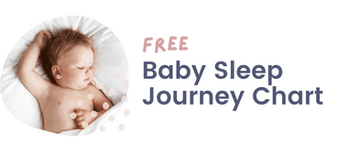
Receive product and services updates, promotional offers and other marketing communications based.


